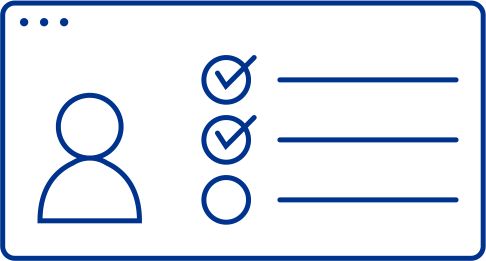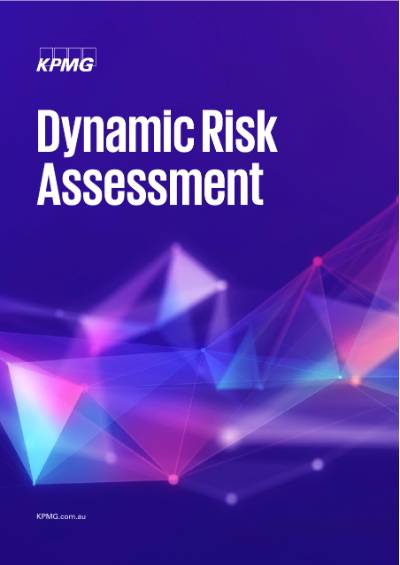An evolution in risk assessment
In increasingly turbulent times, organisations need to approach risk assessment with fresh thinking.
As economic and geopolitical volatility becomes the norm and the past is no longer an indicator of things to come, seemingly disparate events can become inextricably linked.
For decades, organisations have used a two-dimensional approach to predict risk, grading individual risks according to their likelihood and severity. But this method isn’t capable of foreseeing and preventing crises that arise from complex chain reactions and tipping points.
KPMG’s Dynamic Risk Assessment (DRA) investigates the structure of an entire risk system to understand the connections between risks and the speed at which risks impacts could occur. DRA can provide clients with an enhanced understanding of current and emerging risks and their own risk profiles, enriching their decision-making and risk strategy.
What is Dynamic Risk Assessment?
Dynamic Risk Assessment applies network theory, sophisticated algorithms, mathematics and advanced data and analytics together in a KPMG proprietary methodology to identify, connect and visualise risk in four dimensions :
Likelihood – Impact – Velocity – Connectivity
This unparalleled view looks beyond conventional depictions of risk – typically based solely on likelihood and severity – by taking into consideration risk interconnectedness and the velocity with which risks can impact business operations.
We’ve combined the latest in applied science with KPMG insights and extensive benchmarking. DRA modelling allows our risk professionals to see where risks can be expected to form critical clusters, or trigger ‘contagion’ with other risks.
By exposing the expected contagion effects between global and enterprise risks, we help clients to objectively measure the genuinely significant threats, as well as understand what out-of-trend risks (macroeconomic, sociopolitical and other emerging megatrends) could arise in this age of disruption.
Dynamic Risk Assessment process at a glance

Collect opinions from experts both within the organisation and, where appropriate, from outside.

DRA taps into the ‘sensing capacity’ of the experts to create a risk list, assess likelihood, potential impacts and velocity of the risks.

Map the connections and relationships between them.
How KPMG’s Dynamic Risk Assessment can help your organisation
The Dynamic Risk Assessment can provide you with an enriched understanding of your risk profile as well as current and emerging risks.
By illuminating which risks impact each other and the relative strength of those connections, our professionals can help you determine where best to allocate resources to create more robust control environments and increase your organisation’s resilience.
You’ll be equipped with more informed decision-making within your organisation and a clearer view of how best to tackle and monitor risks and define future strategy. You’ll have the knowledge you need to remain agile and ensure a competitive advantage.
Request a demonstration
For more information about KPMG's Dynamic Risk Assessment, contact our team of risk specialists.





